Sentimentality
 "the techno-scape"
"the techno-scape" Navigating the site:
How does defining "technology" pose a problem for the use of techniques in the development of art in history?
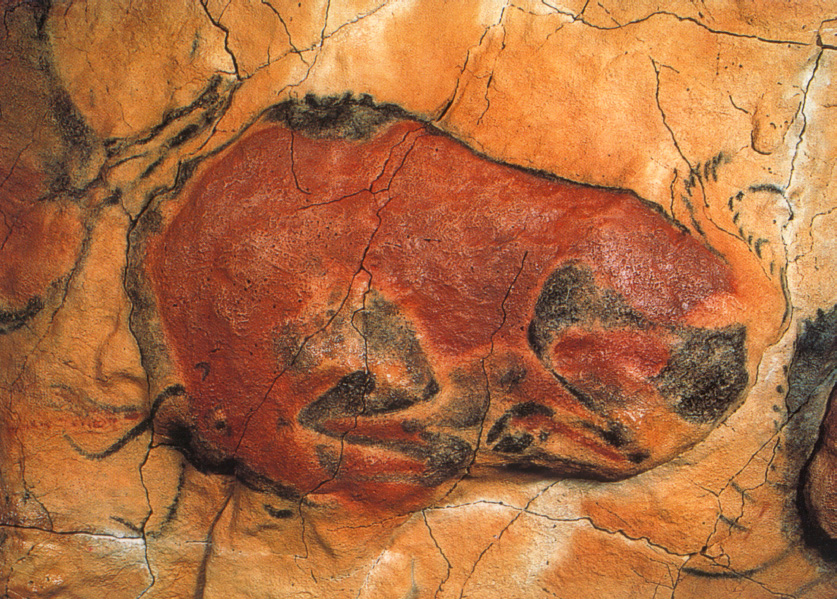
30,000 year old Bison cave painting, Altamira, Spain
Introductory: The huge shift in the capacity for figurative representation (some call it figuration) from the stone age or paleolithic (an example shown above) to the Middle Ages that spilled into the Renaissance.
| Representations of the "world" | |
| Bruegel's "The Fall of Icarus" | |
European dreams |
|
-
Netherlands
-
(1525/30-1569)
What do you see in the painting:
- Classical subject
- Medieval motif
- Sea of modernity
- Can you find Icarus ?
- landscape and allegory
- Signs of a revolution ?
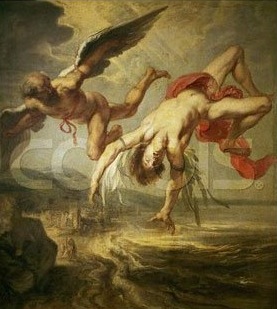
Traditional Fall of Icarus and Daedalus
Technological revolutions in portrayal of significant things that changed or represent a change in social and cultural attitudes:
Technology is the study of how we use tools to alter our conditions, replace or enhance older means of production, and apply techniques to enable more people to live well.
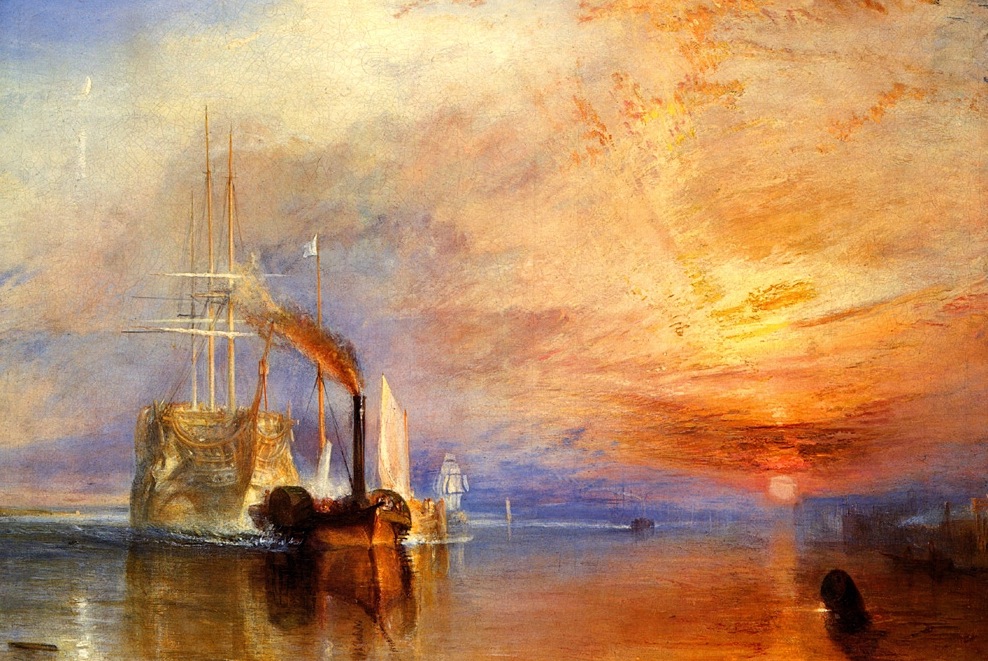
A new steam driven technology tows the older sailed, wind-driven ship to dry dock.
19th Century, J. M. W. Turner
1. Pieter Bruegel the Elder, nicknamed ‘Peasant Bruegel’ was probably the most significant and exciting painter in the Northern Europe during the middle part of the sixteenth century.
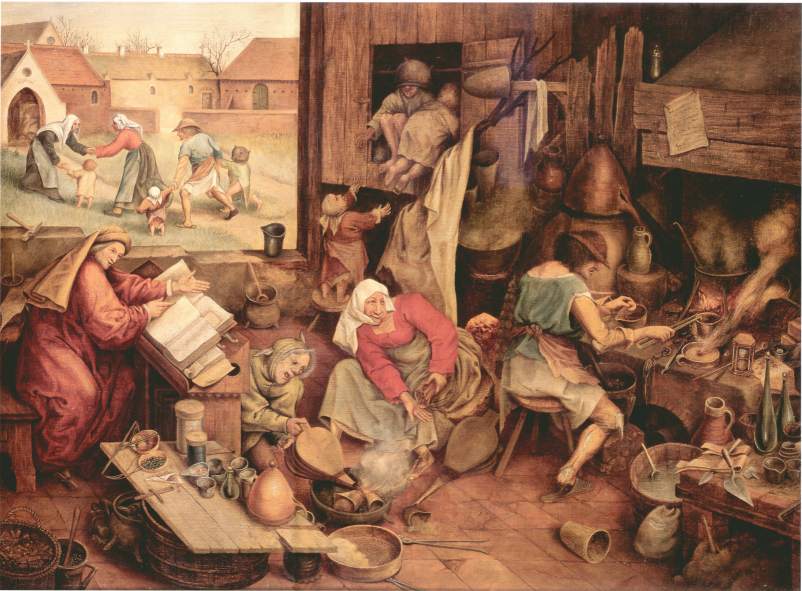
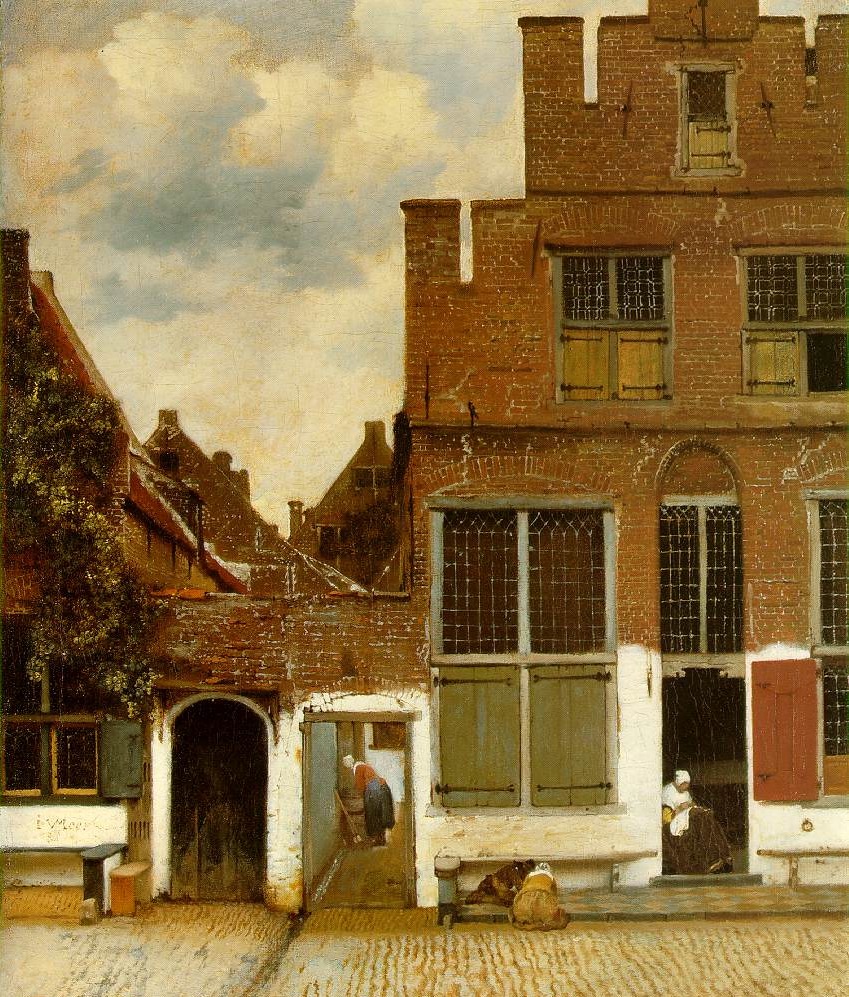
Vermeer, a street in Delft, the Netherlands. 1600s
Real art informs us from a point of view that is insufficiently understood in part because it has the power to move us, motivate us and even repel us at times, but it always reminds us of another's creative imagination at work.
This behavior of abstracting the setting can confuse the portrayal of the past with the actual vicissitudes of history, unless reality is viewed in multiple ways and from more than one perspective, and without deception.
Under the illusion
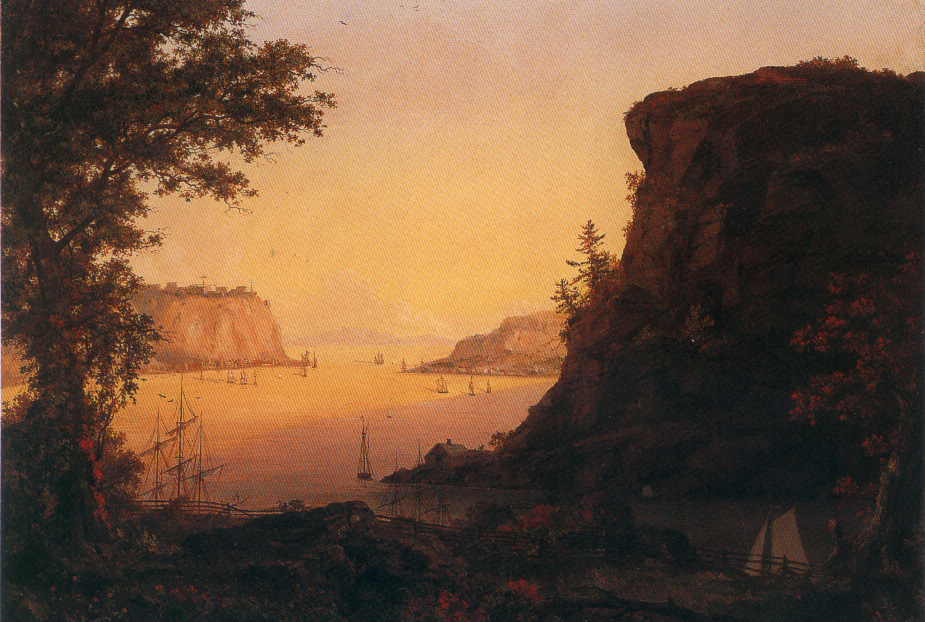
Frederick Church, View of Quebec on the St. Lawrence River, 1846.
People dwell comfortably under the illusion of certainty. That is true especially of people raised on the Catechism and those who are thus catechetical thinkers confuse their own apparently seamless impressions of reality with the actual condition of the world. In a painting we are easily convinced that the the world is as the artist portrays nature, without interruption, without the underlying interlocking architecture of ever more diminutive forms. It is an illusion to think that any one being's perception of nature is sufficient to explain the complexity of the operational whole. It clearly is not.
Many a mistaken thinker believes that they experience and understand the world for what it is, rather than for how it is becoming as it undergoes constant change.
JVS, August 23, 2007
Truisms
Ivan Ivanovich Shishkin, (1832-1898), Russian rye field, 19th Century. Member of the Peredvizhniki , a group of artists who sought to make art useful and reflective of the countryside and its people.
Art is an imitation of nature that employs a technique.
Technology as art is a representation of constructed settings.
Art reveals long-term changes of style in short-term periods.
Irrationality or exaggeration in depicting machinery is inherently artistic.
Knowledge is always restricted by viewpoint, or perspective (point of view) yet sensing something is further circumscribed by physical conditions, how the eye visualizes a setting, and how the brain recalls the sensory impressions. Since knowledge is derived from sense impressions when compared to and contrasted with theories and related data.
Visualizations | Renaissance rules of vision | T. E. Hulme on accurate descriptions.

